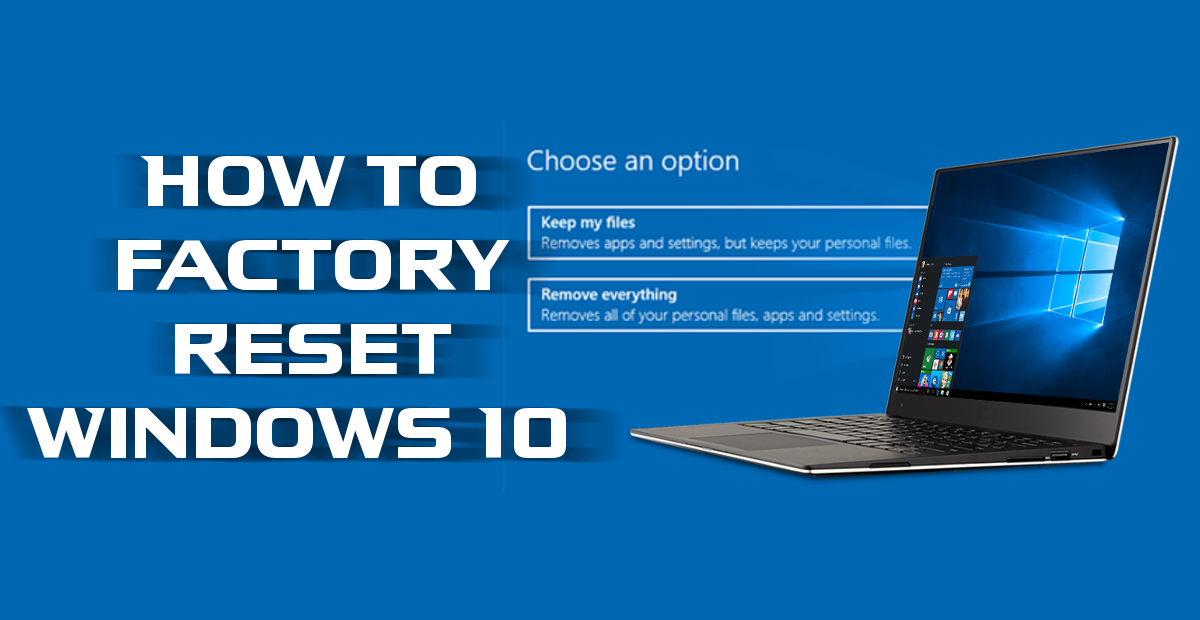

However, the way they resolve these problems is very different. When nothing works and you have major issues like malware infection, system is broken or keeps crashing, new drivers, OS or app updates are functioning erratically, and so on. These two steps are often recommended when all other troubleshooting steps fail.

We are talking about apps, settings, and as such. What is worth noting here is that your personal files won’t be touched. Restoring your computer will revert all changes that were made after the backup was taken. These can be updates, software installs or uninstalls, and so on. A backup is also taken when the system detects any major changes. Windows 10 computers take a weekly backup (snapshot) of your computer. Even though there is an option to not delete your files, I recommend you to take a backup. In that case, your files won’t be touched but you will still lose all apps and settings (both apps and OS). Your computer will be handed back to you the way you received it when you first bought it.ĭuring the reset process, you will be given an option to save your personal files. You can think of it as a kind of format where all your data will be deleted and all third-party apps will be uninstalled. Reset will reinstall Windows OS on your computer. What to expect? You will learn what these two settings are, how they differ, why you need to understand them, and when and how to use them. They act as a fail-safe when you are left with no other option. Manufacturers like Microsoft understand this, which is why they offer some built-in tools like Reset and Restore for a rainy day. It’s like a never ending quest where you solve one error, and another one is just around the corner. Computers are known to be prone to errors.


 0 kommentar(er)
0 kommentar(er)
